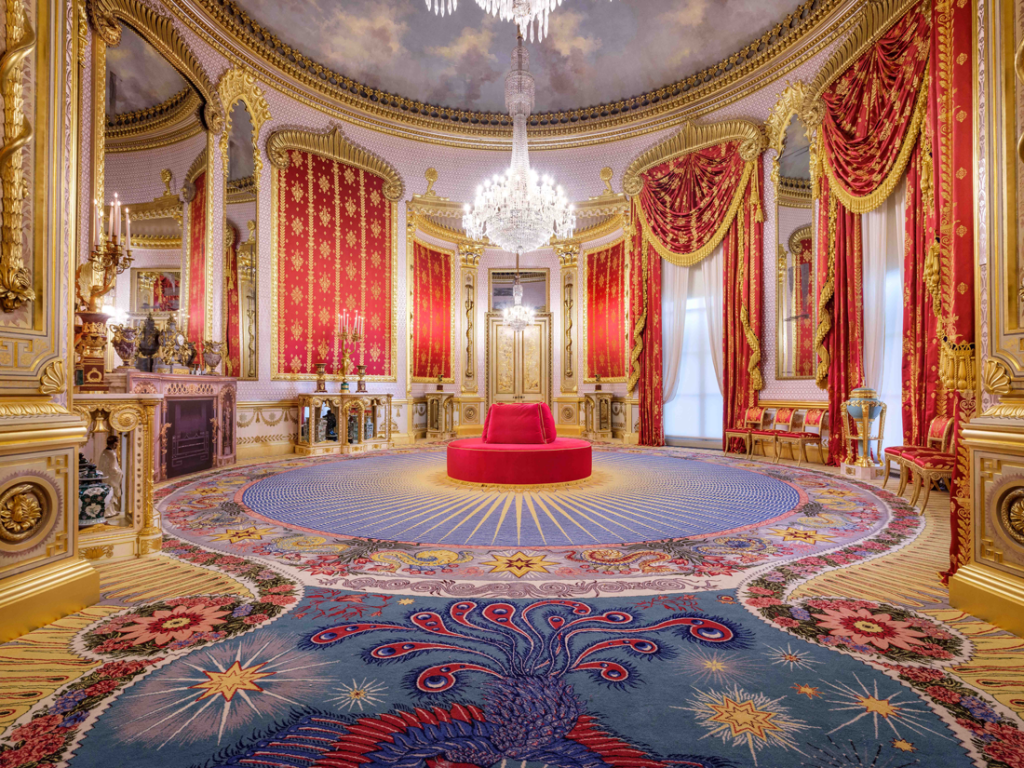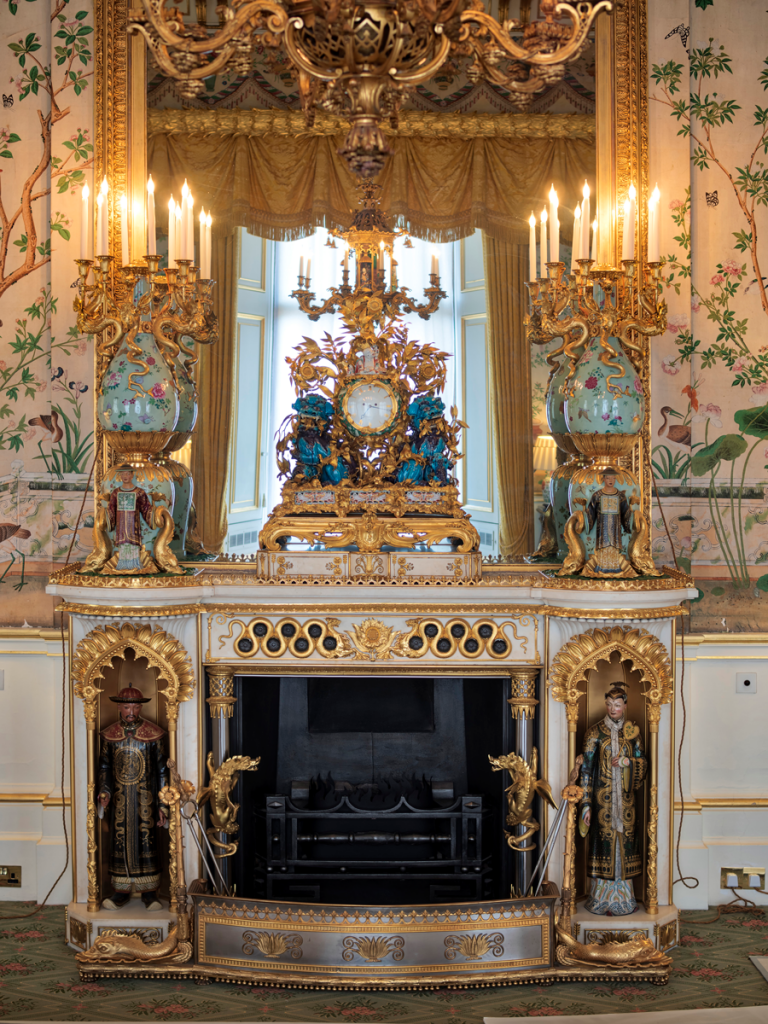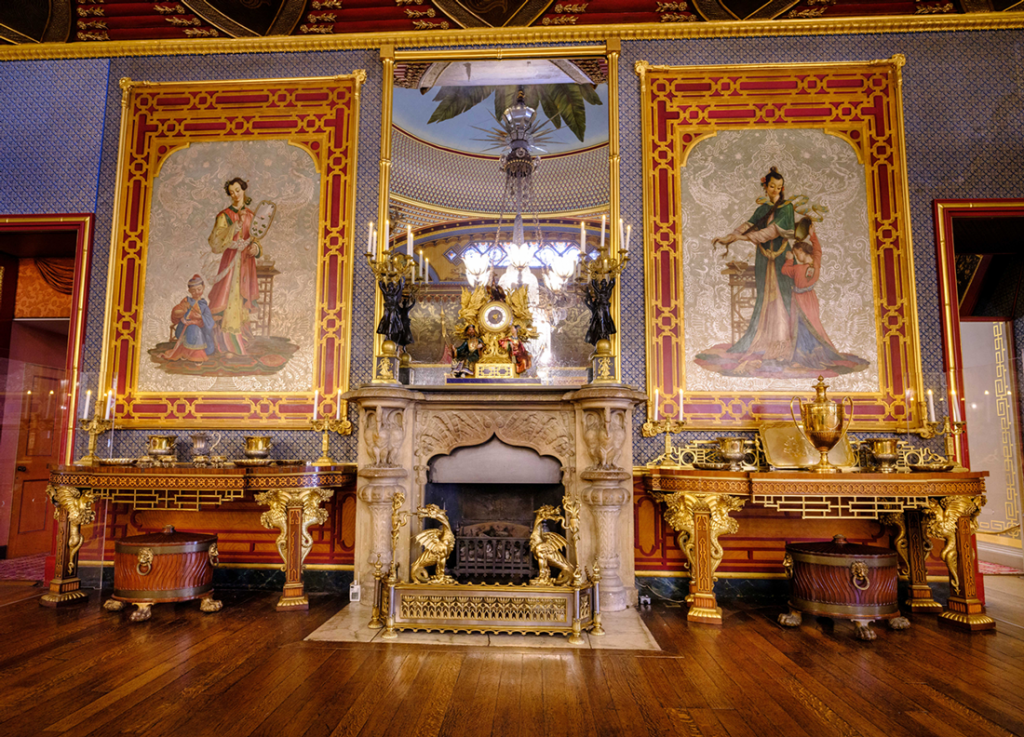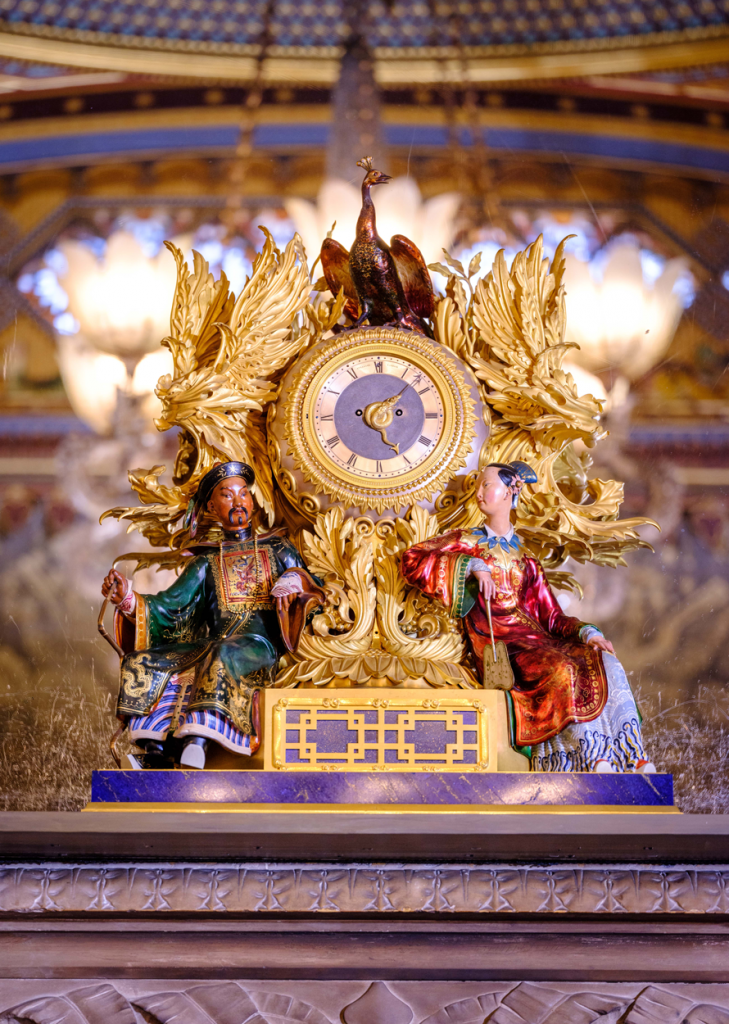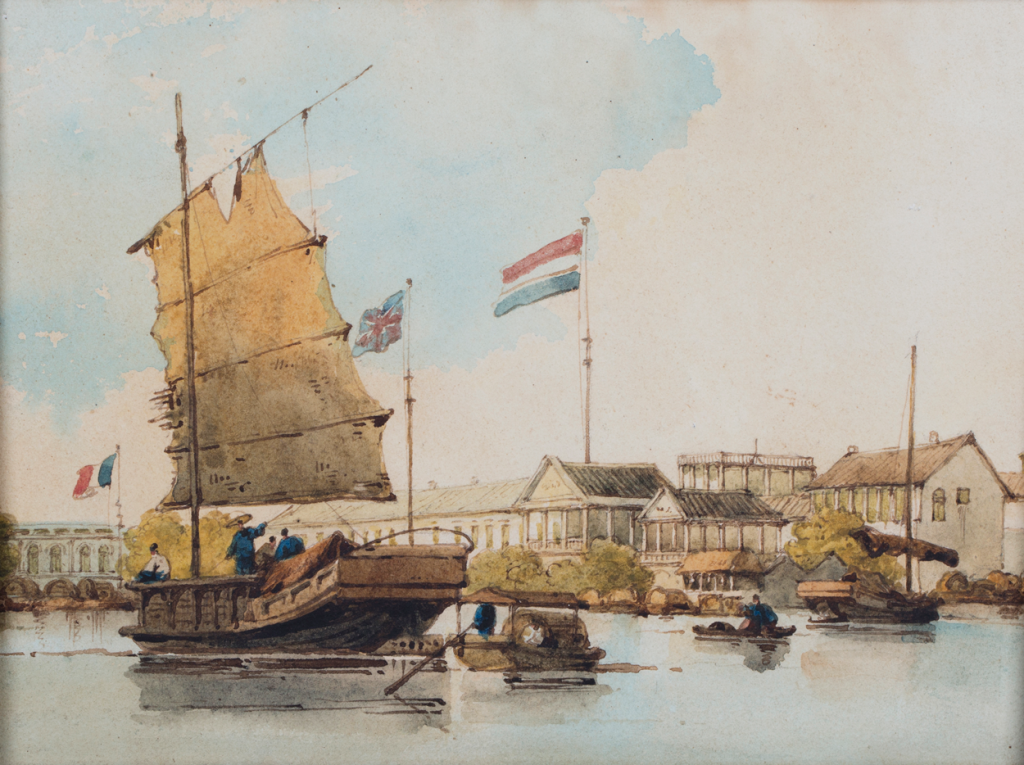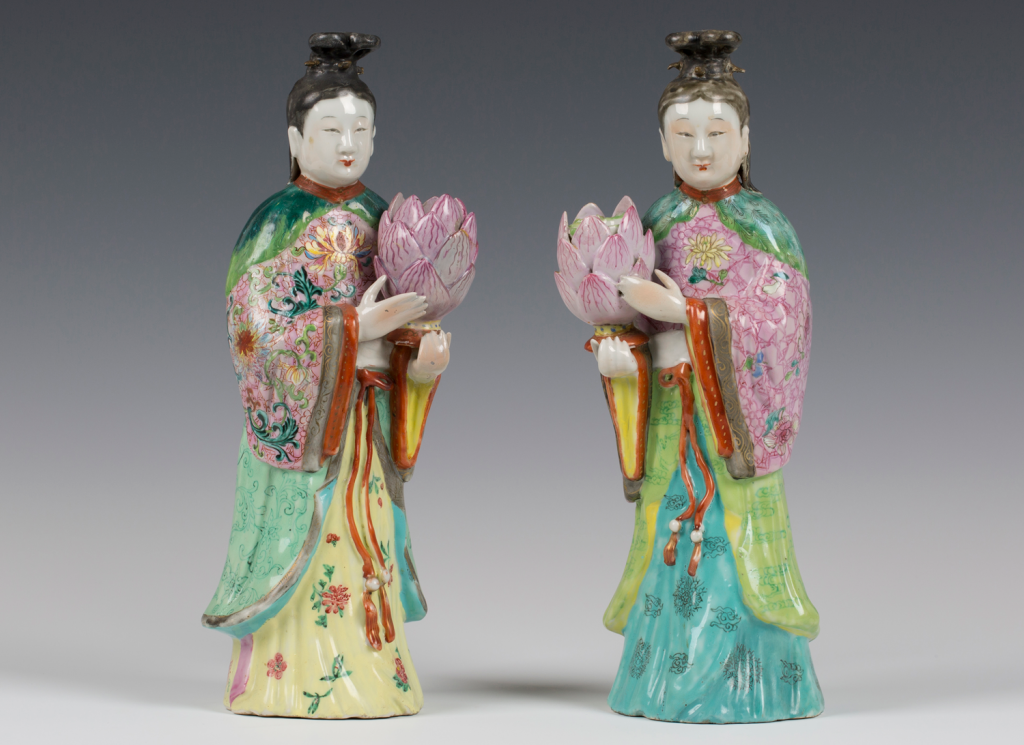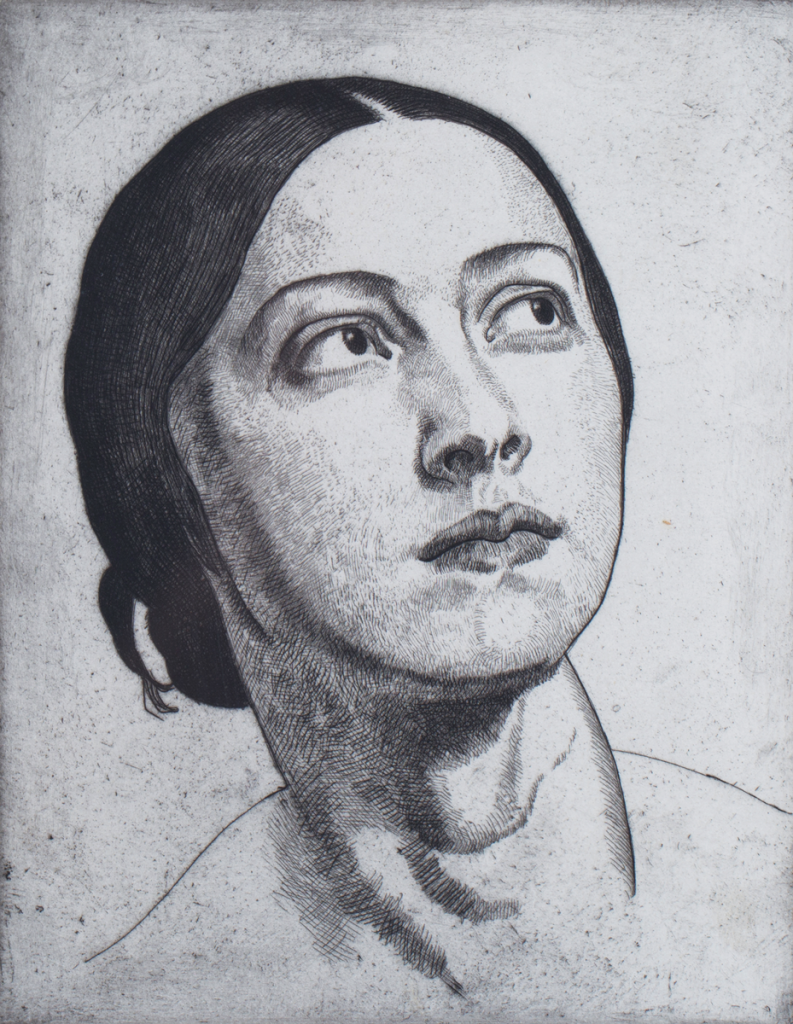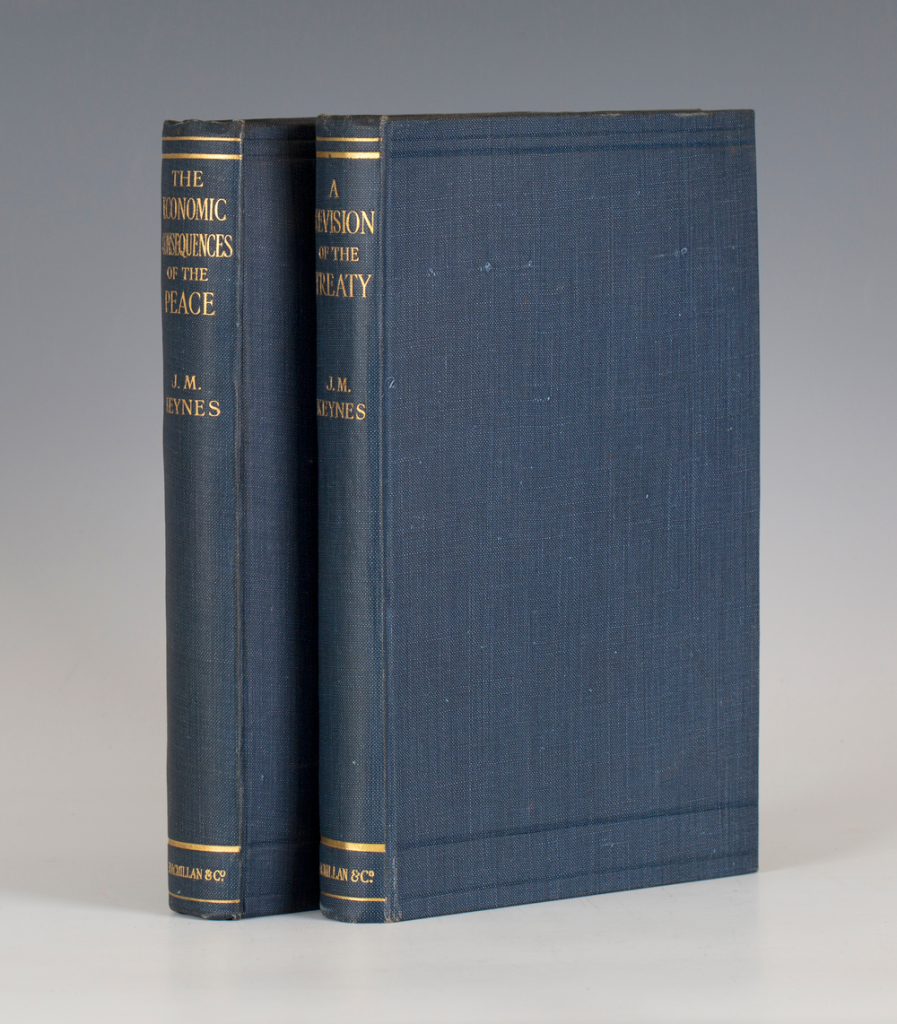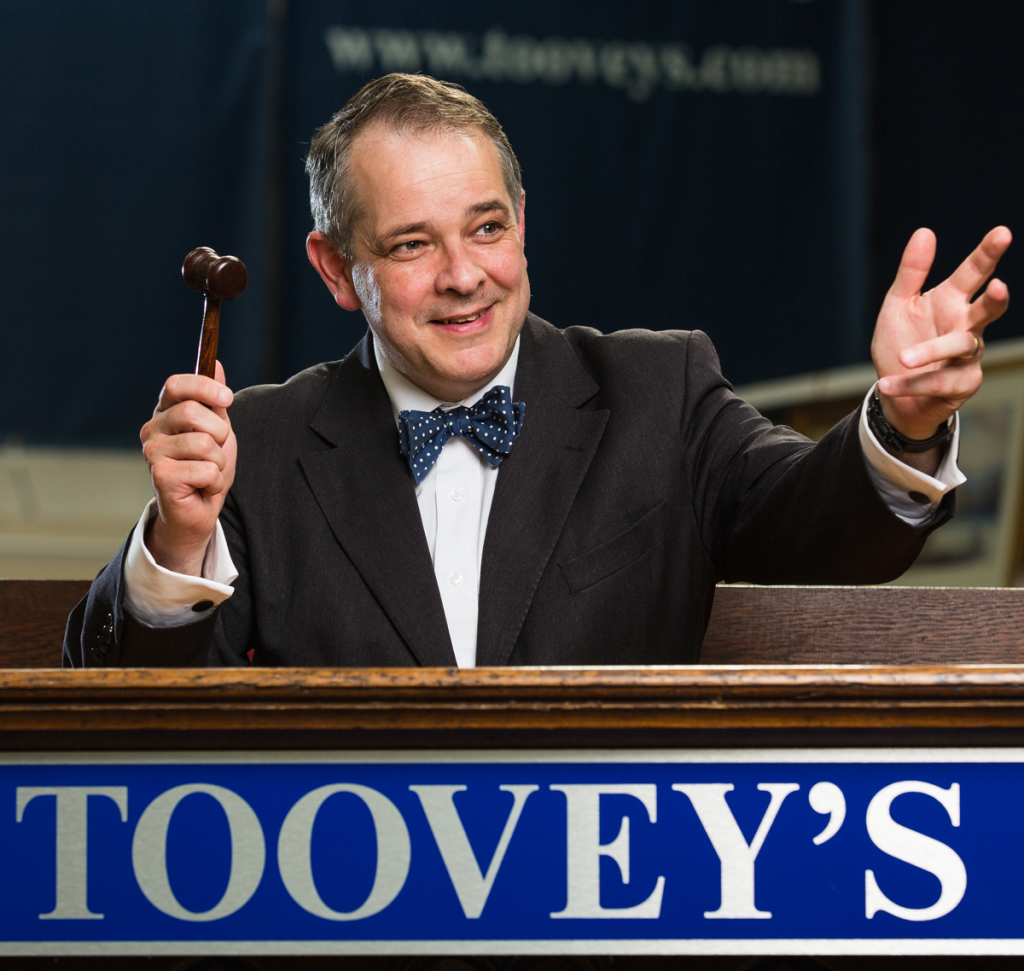 The prices for art, antiques and collectors’ items have been stronger post-lockdown than they were before. There is a hopefulness in people’s desire to acquire beautiful objects for their homes or to feed a passion for collecting. There has been a delight in once again being able to gather this community of people to the salerooms for viewings and auctions by appointment, as well as online. And they have been delighted to come together observing social distancing, hygiene and masks to keep one another safe.
The prices for art, antiques and collectors’ items have been stronger post-lockdown than they were before. There is a hopefulness in people’s desire to acquire beautiful objects for their homes or to feed a passion for collecting. There has been a delight in once again being able to gather this community of people to the salerooms for viewings and auctions by appointment, as well as online. And they have been delighted to come together observing social distancing, hygiene and masks to keep one another safe.
This has been made possible at Toovey’s by spreading our specialist sales across the month ensuring safe numbers. Large numbers of new clients have signed up for auction updates and catalogues which are constantly changing at tooveys.com
I can’t tell you what is behind this increase in demand. Perhaps the painting, watch or piece of jewellery we have always wanted is more tempting than the 0% interest rates on our savings. Or is it the experience of spending longer in our homes whether homeworking or isolating which have highlighted the austerity of minimalism and a need for richer, eclectic interiors to engage our imaginations and delight the eye. Maybe it’s the experience of separation from loved ones which is inspiring us to prepare gathering homes in the comfortable English country house taste as our Grandparents did for when we can safely be together once again. Is it our experience of bluer skies, less pollution, a deeper appreciation of nature and engagement with the world which is inspiring us to acquire beautiful, sustainable antique furniture made out of precious timbers, which has already served successive generations, as an expression of better stewardship of our planet? Might it also be that these objects speak of our shared story, our common history which binds us together as a nation?
I suspect that it is a combination of all these things. For now at least there seems to be a shift in our priorities and a desire to live differently – perhaps we were all gong a bit fast before Covid.
One of the things that I have observed both at the salerooms and whilst visiting people has been a common view that meeting with others is vital to our wellbeing and whilst Zoom and Facetime have been a blessing, they are no substitute for real life human encounters.
Communities are at the heart of our nation. I hope that the ‘R’ number willing I will be able to continue to meet and gather you as we begin our Winter season of specialist sales.
